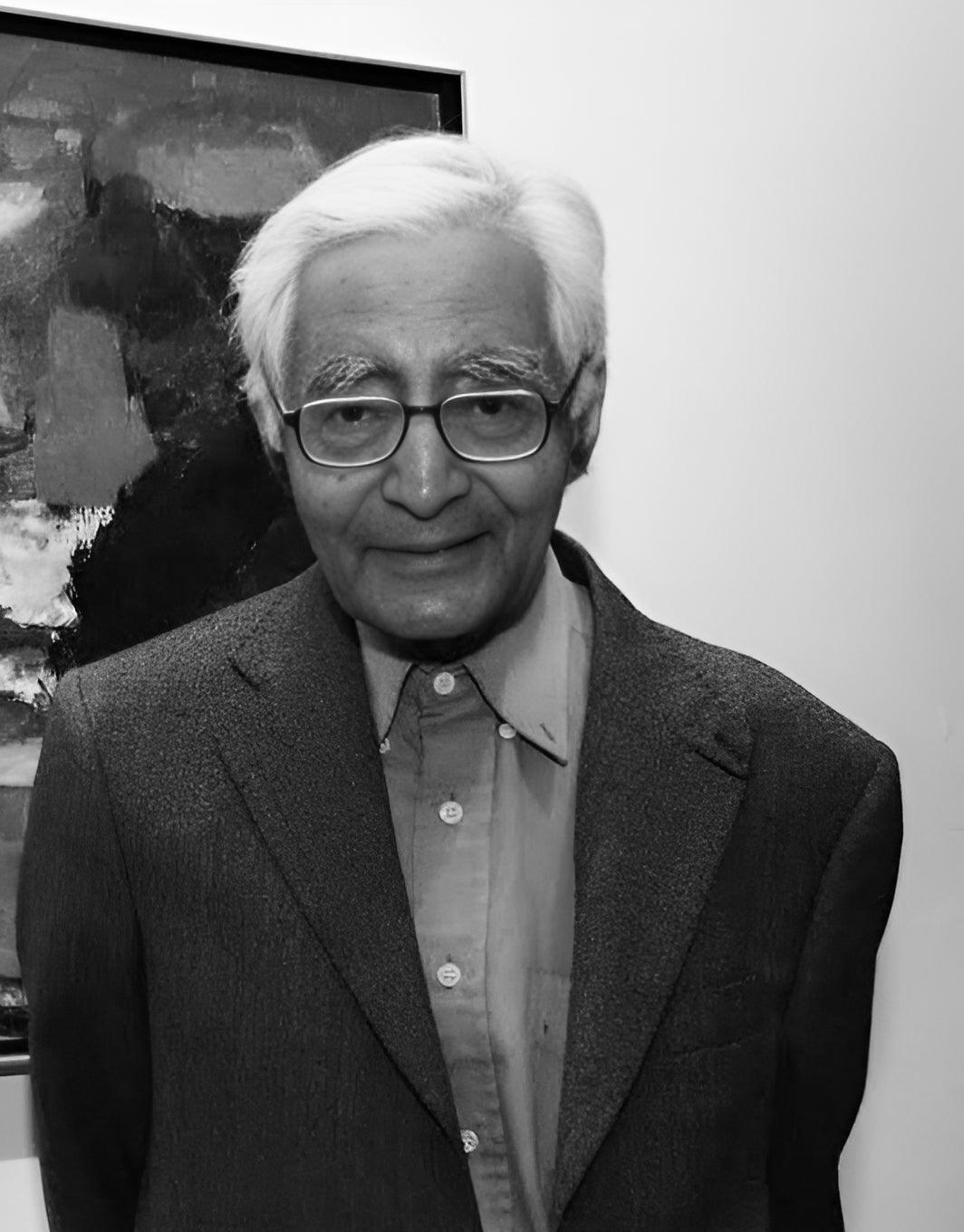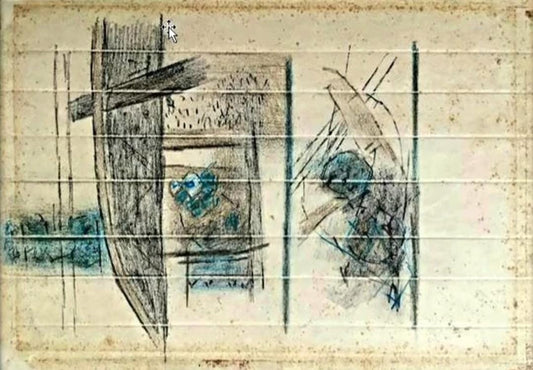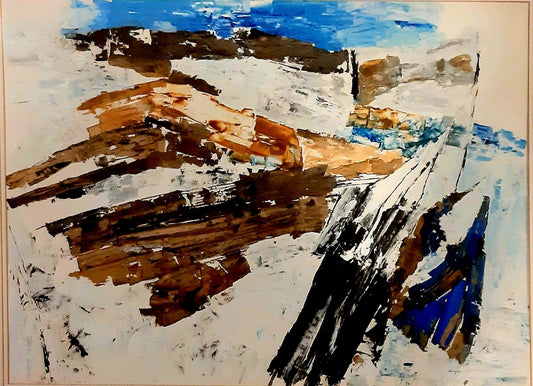
RAM KUMAR
Ram Kumar’s paintings resonate with a profound sense of solitude and introspection, positioning him among India’s foremost pioneers of abstract expression. Born in 1924, he emerged as a vital member of the Progressive Artists’ Group, a collective that radically reshaped Indian art by rejecting figurative traditions in favor of modernist abstraction. Alongside contemporaries such as M.F. Husain, Tyeb Mehta, and S.H. Raza, Kumar charted new artistic territories, with a focus on form, color, and emotional resonance that transcended representational imagery.
His work frequently explores moody, abstract landscapes that evoke the tensions of urban alienation and existential contemplation. The compositions unfold in layers of subtle hues and gestural forms, suggesting emotional depths and poetic nuance that invite quiet reflection. This approach parallels the innovations of contemporaries like Bimal Das Gupta, highlighting a shared drive to expand the possibilities of Indian modernism through abstraction. Over several decades, Kumar’s paintings garnered critical acclaim and commercial success, exhibiting widely both in India and internationally. His reach extended beyond the subcontinent’s borders, placing him firmly within the global narrative of modern art. A notable milestone came when his work The Vagabond achieved a record-breaking sale of $1.1 million at Christie’s, underscoring the lasting impact of his vision on the art market.
Beyond his painting practice, Kumar contributed significantly to the intellectual discourse surrounding modern Indian art. As a writer and critic, he enriched contemporary debates on abstraction and artistic identity in post-independence India. His essays provide valuable perspectives on the philosophical underpinnings of his generation’s break with tradition, and on the evolving relationship between art and society. Ram Kumar’s legacy encompasses both his innovations as a visual artist and his role as a thoughtful cultural commentator. His career reflects a commitment to exploring the human condition through abstraction, balancing emotional intensity with formal experimentation. This duality positions him as a towering figure in India’s modern art history, whose work continues to inspire artists and audiences across generations and geographies.



